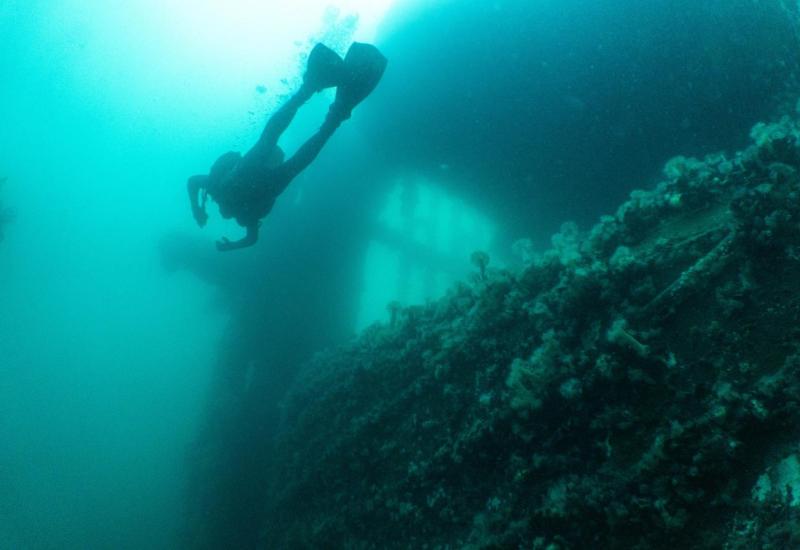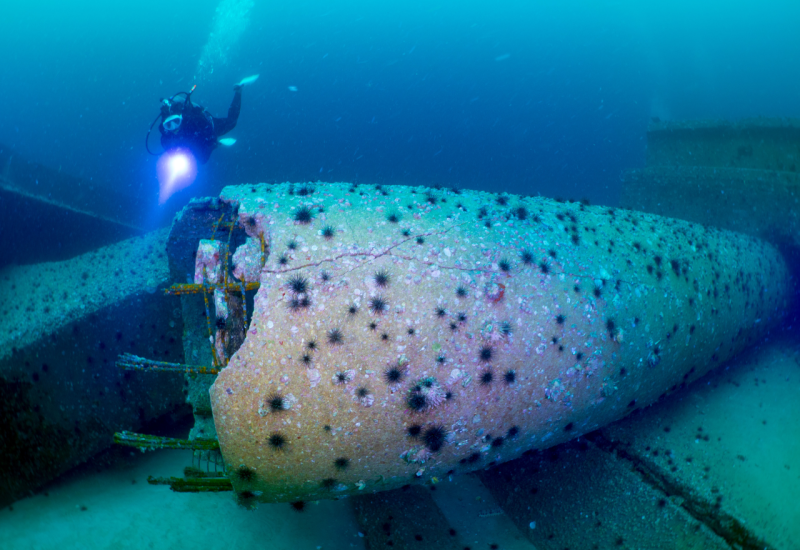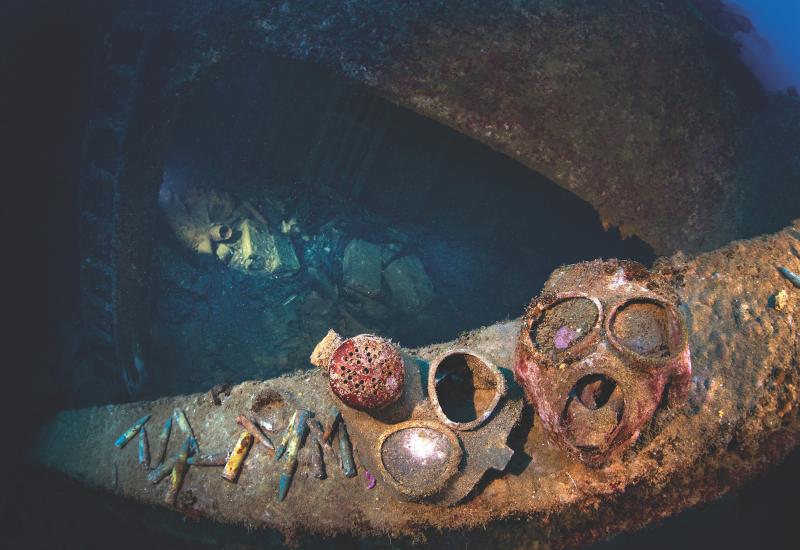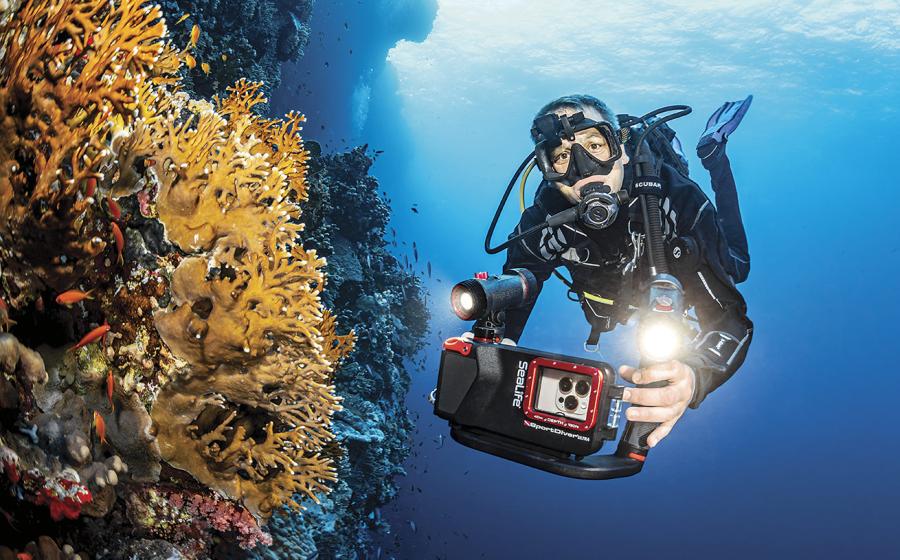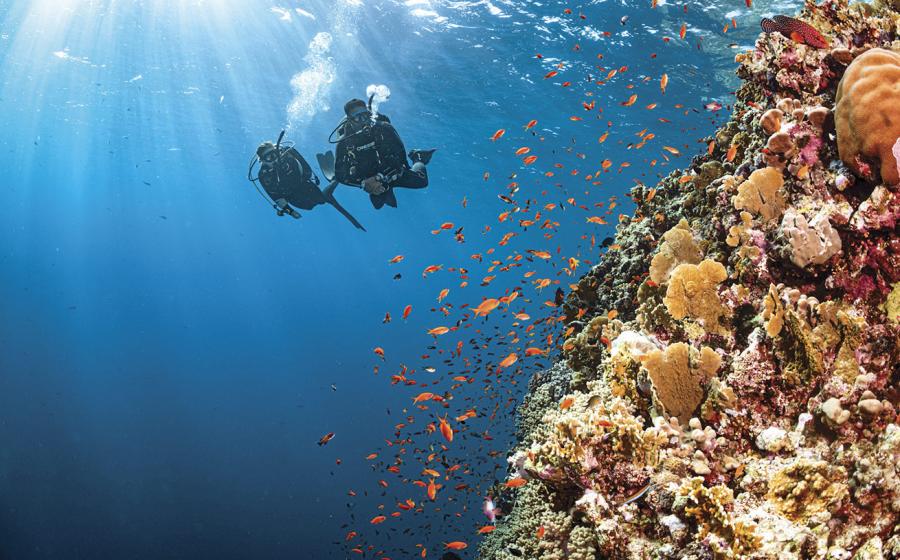Ghost Fleet of Mallows Bay Becomes National Marine Sanctuary
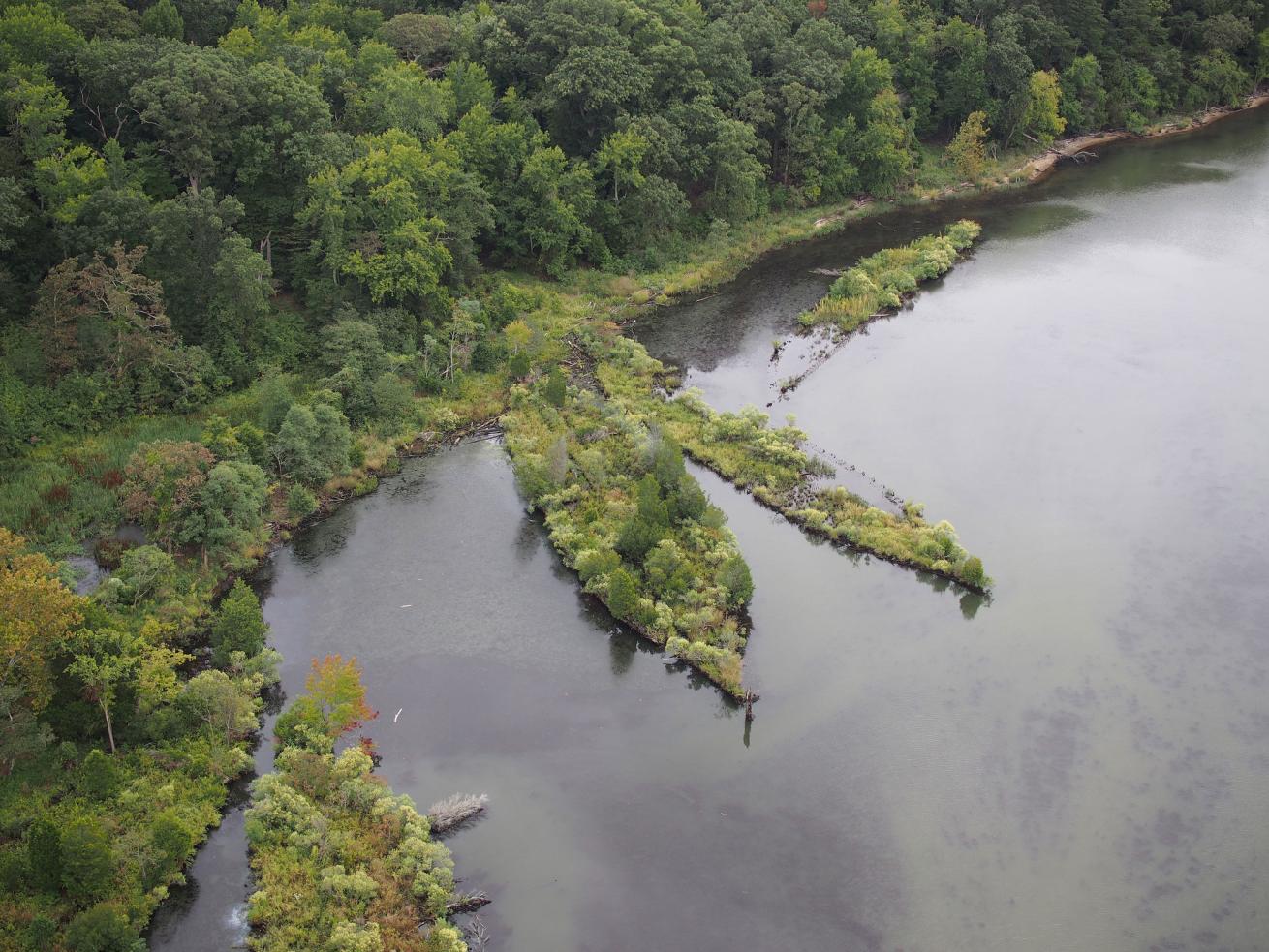
Marine Robotics & Remote Sensing, Duke UniversityMallows Bay contains more than 100 known and potential shipwrecks.
After many years of persistent efforts by environmentalists, the shipwrecks of Mallows Bay, Maryland, have been declared a national marine sanctuary. The official dedication event is scheduled for November 9.
The National Oceanic and Atmospheric Administration designation better protects the historic site from disturbance or removal of artifacts, and could lead to improvements for visitors to the sanctuary.
Dubbed the Potomac River Ghost Fleet, the skeletal ship remains are barely visible at high tide but reappear as the waters recede. What’s left of scores of wrecks, including more than 100 wooden-hulled steamships built as part of America’s engagement in World War I, rest in the shallow waters of this Chesapeake Bay tributary. Hailed as the “largest maritime graveyard in the Western Hemisphere,” the wrecks began a new life on September 3 as part of an impressive 18-square-mile marine sanctuary.
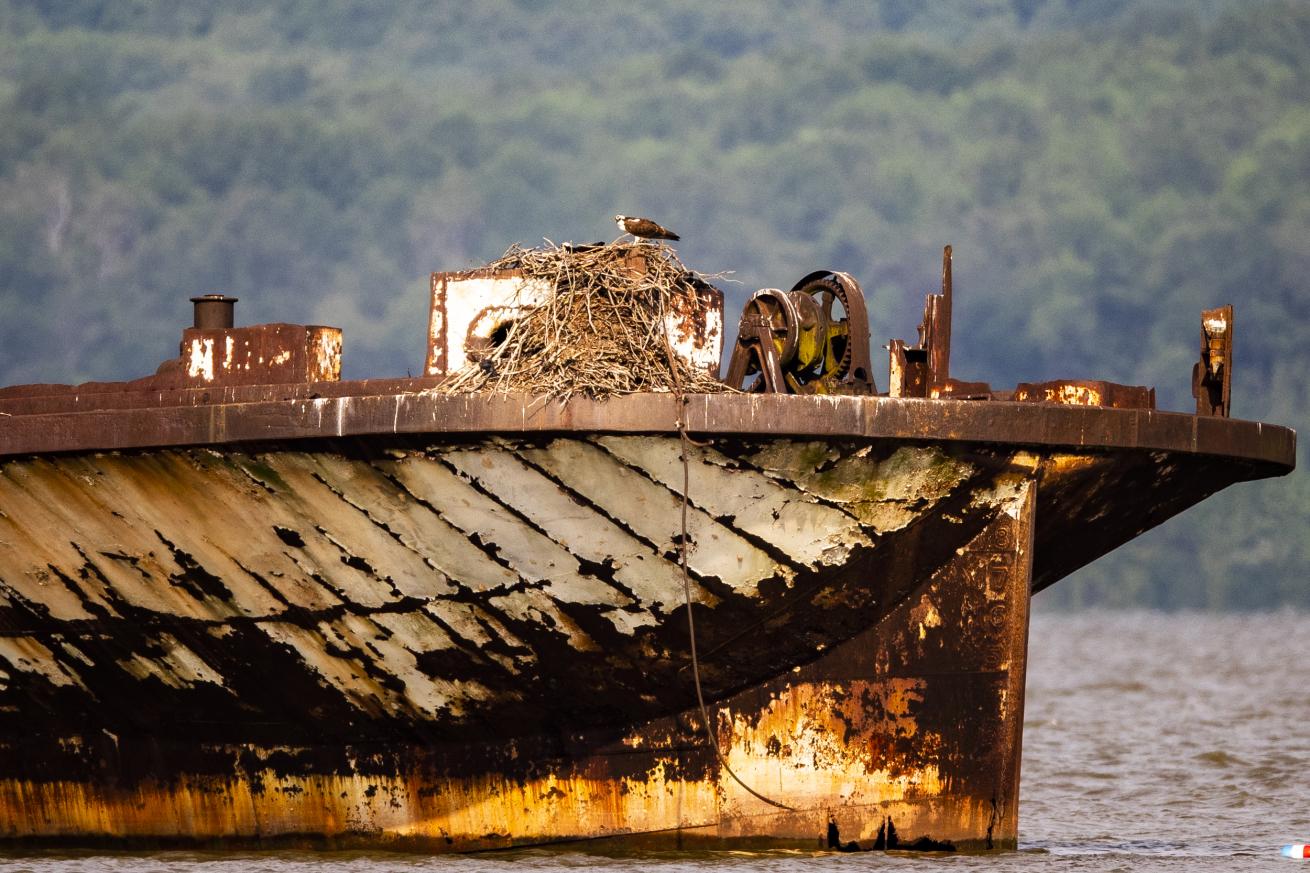
Matt McIntosh/NOAAThe historic shipwrecks of Mallows Bay-Potomac River National Marine Sanctuary provide habitat for birds and other wildlife.
You might say the sanctuary compensates for a major governmental blunder in the past. The United States simply constructed too many ships. By war’s end in 1918, only 87 were sailing. The ships continued to be built for peacetime use, but they were no longer in demand—nearly 300 sat idle in port. Two years passed, and the government finally accepted an offer of $750,000 from the Western Marine & Salvage Co. to buy 226 vessels built at a cost of $300 million.
The Alexandria, Virginia-based company moved its operations to Mallows Bay, but canceled work orders when scrap metal prices plummeted. Bethlehem Steel Corp. took over, but also failed at salvage attempts as the hulls deteriorated and settled into the muddy bottom, where they lie today.
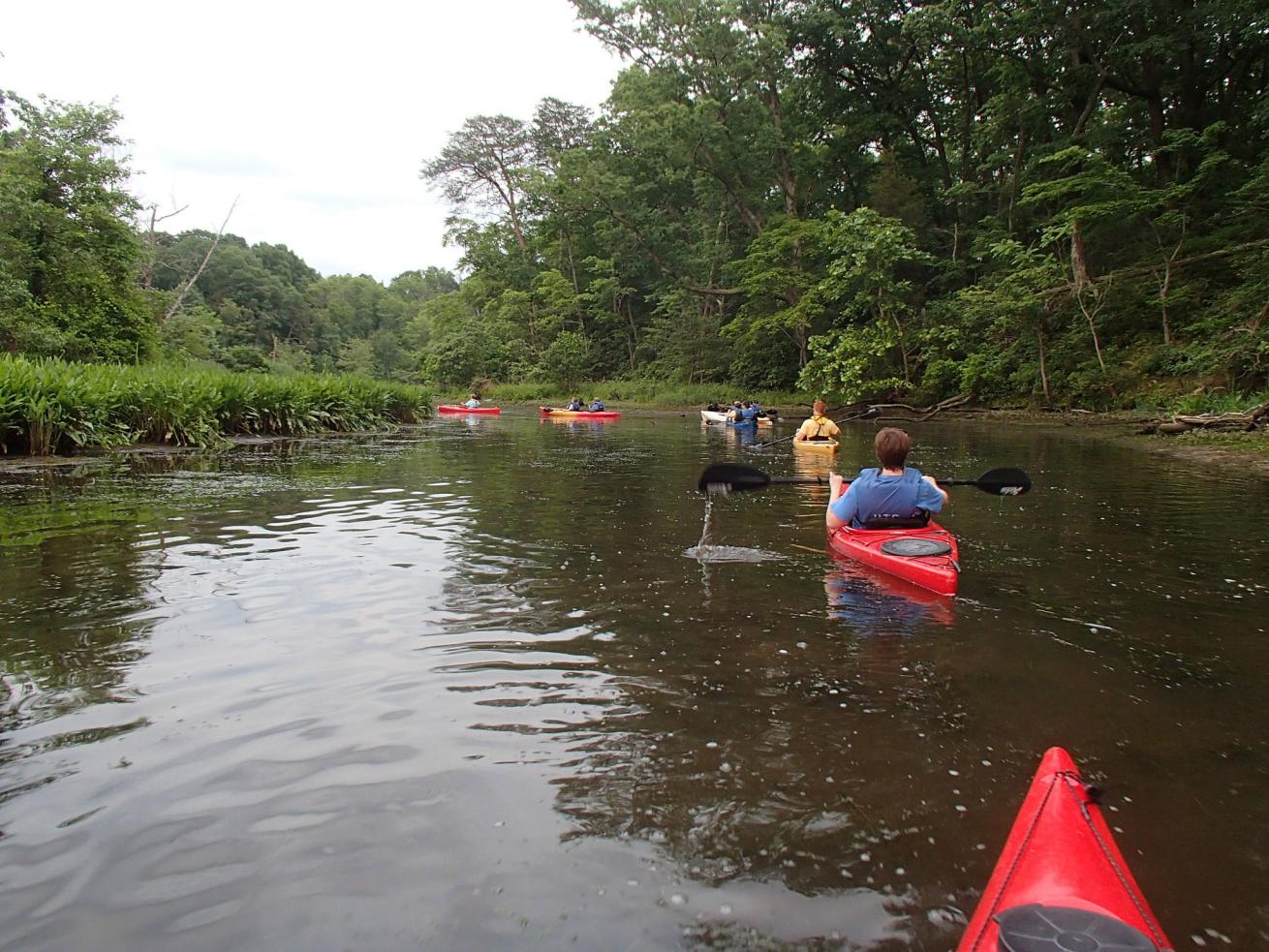
Kimberly Hernandez, MDNR Chesapeake and Coastal ServiceKayakers explore the nooks and waters of Mallows Bay.
The sanctuary is jointly administered by NOAA, the state of Maryland and Charles County. The shallow waters and ship debris make the Mallows Bay wrecks better suited to snorkeling than scuba diving. Visibility is generally low but clears up during certain tidal changes. Recreational kayakers and canoeists can paddle down interpretative trails that wind through the overgrown remains, where bald eagles, egrets and ospreys nest in sprouting trees and feral shrubs.
With this new national marine sanctuary, the first designated by NOAA since 2000, Maryland officials took a bureaucratic gaffe from yesteryear and turned it into a present-day project of pride and purpose, this time benefiting countless outdoor enthusiasts.

